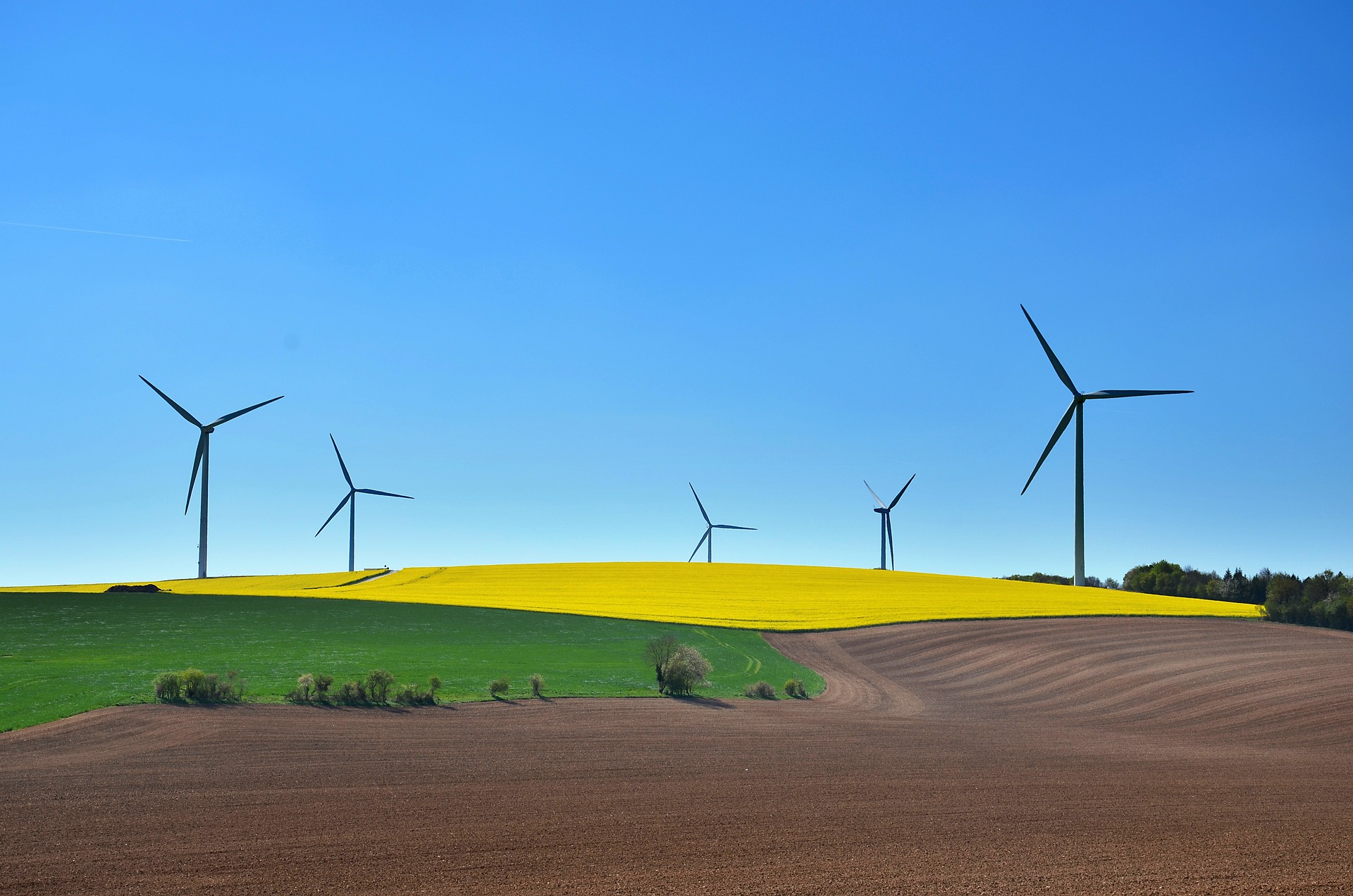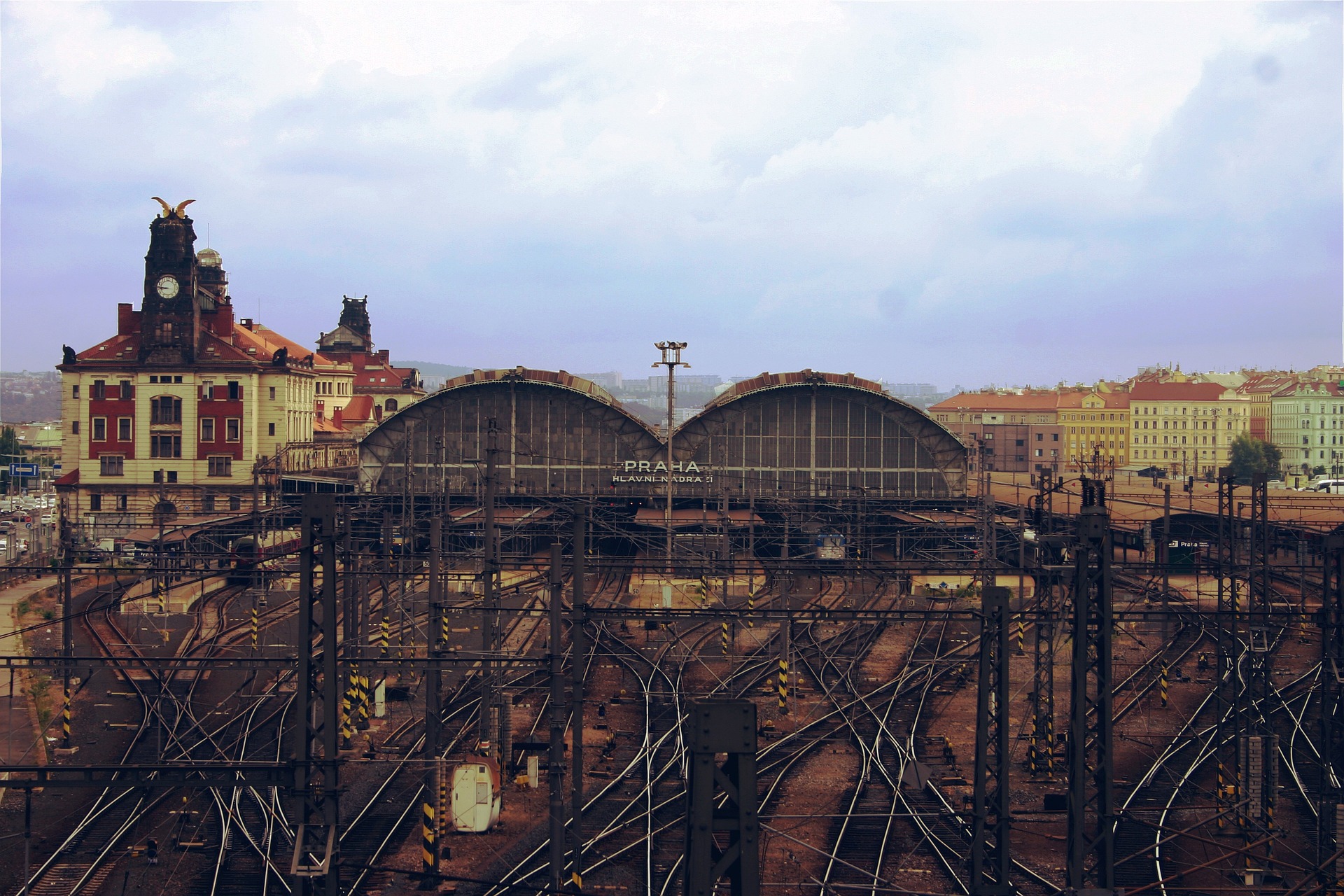Our impact on the environment
How we help central Europe to become greener and more resilient to climate change
Central Europe, like other parts of Europe and the world, is increasingly challenged by climate change. Rising temperatures, less rainfall, and extreme weather are the new normal. Nature-based solutions are crucial for adapting to and mitigating these challenges, but administrative disparities often hinder unified efforts, despite growing public awareness and environmental actions.
In the programming period 2014-20, Interreg CENTRAL EUROPE helped to develop solutions for the sustainable management of natural resources, effective water management, and safeguarding soil and air quality. Our projects also supported cities and regions to reduce waste and pollution, and to manage natural and man-made risks.
KEY FINDINGS
The external impact evaluation has concluded that transnational cooperation led to substantial and diverse positive outcomes in view of environmental needs of central European regions and cities.
The programme stimulated cooperation and helped increase the environmental management capacities of the public sector and related entities for the protection and sustainable use of natural heritage and resources.
The programme’s early engagement of the community, as well as public and private stakeholders increased the capacities of local, regional and national actors. This will have a sustainable and lasting positive impact on environmental management in central Europe.
The programme brought together actors from different areas and levels of government, helping them create long-term plans and strategies to tackle climate change successfully. These changes paved the way for lasting improvements in how both organizations and individuals work.
Environment projects created tangible effects for cities, smaller municipalities and rural areas. This helped improve their environmental sustainability and made them better places to work and live in.
“The Interreg CENTRAL EUROPE Programme produced significant and a wide variety of positive results to address the environmental needs of the central European regions and cities. It supported cooperation, coordination and collaboration in various environmental policy areas within and beyond central European borders. With that, the quality of the urban and rural environment increases and with it the local attractiveness and quality of life.”
Funded projects
Project partners
Million EUR from ERDF
138
Tools to assist making green ideas reality
169
Strategies and action plans to implement sustainable solutions
189
Pilot actions to demonstrate the benefits of improving the environment
222
Trainings to enhance environmental management skills
77
Million EUR of follow-up green investments leveraged
BACKGROUND
In 2020 we launched an independent impact evaluation of the Interreg CENTRAL EUROPE 2014-20 funding programme. The evaluation was conducted in two phases over a period of three years, between 2020 and 2023. It involved a thorough analysis of the programme, which employed a range of qualitative and quantitative research methods.

Innovation
Learn more about our impact on innovation.

Energy
Learn more about our impact on carbon emissions.

Culture
Learn more about our impact on culture.

Transport
Learn more about our impact on transport.